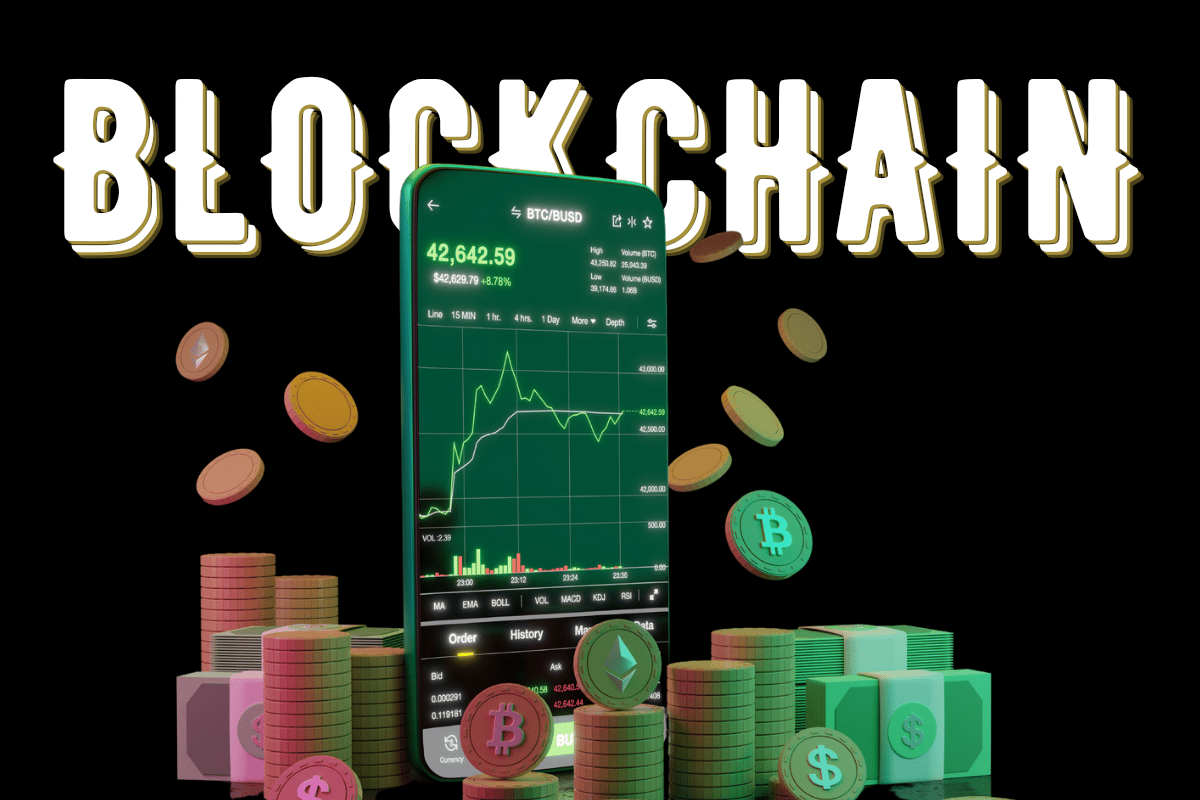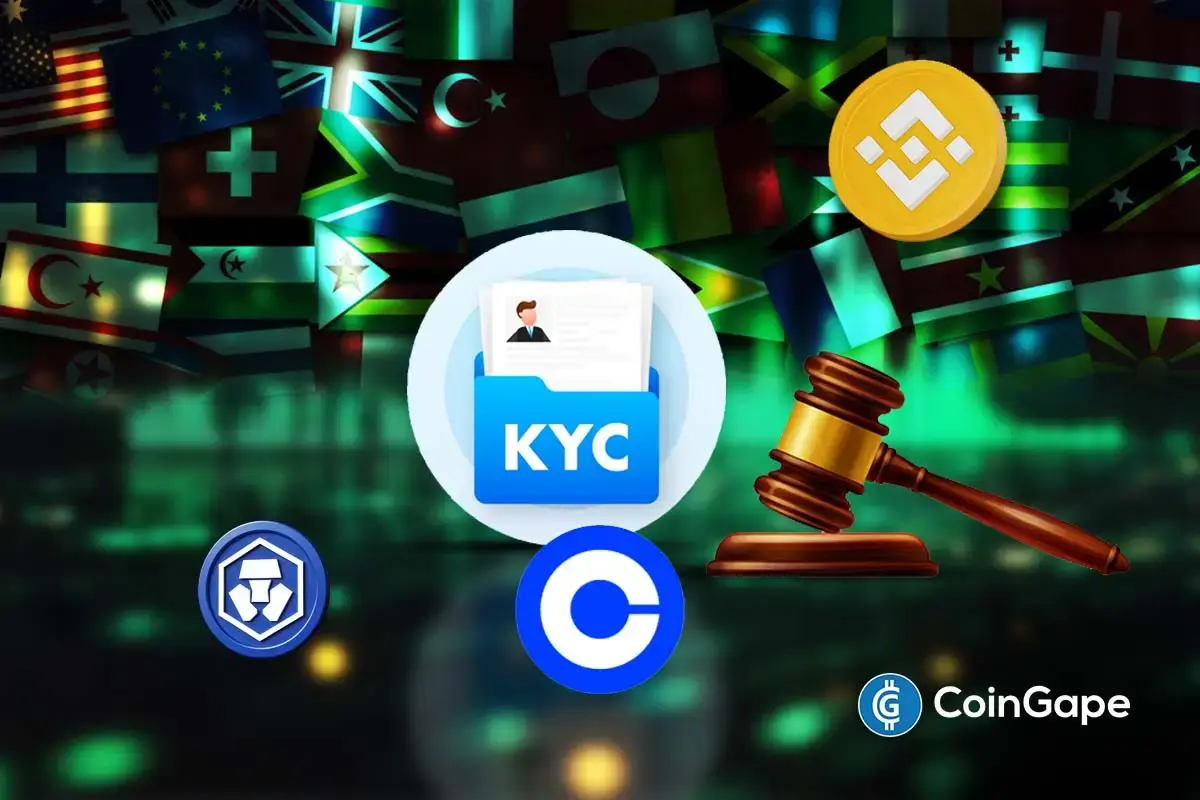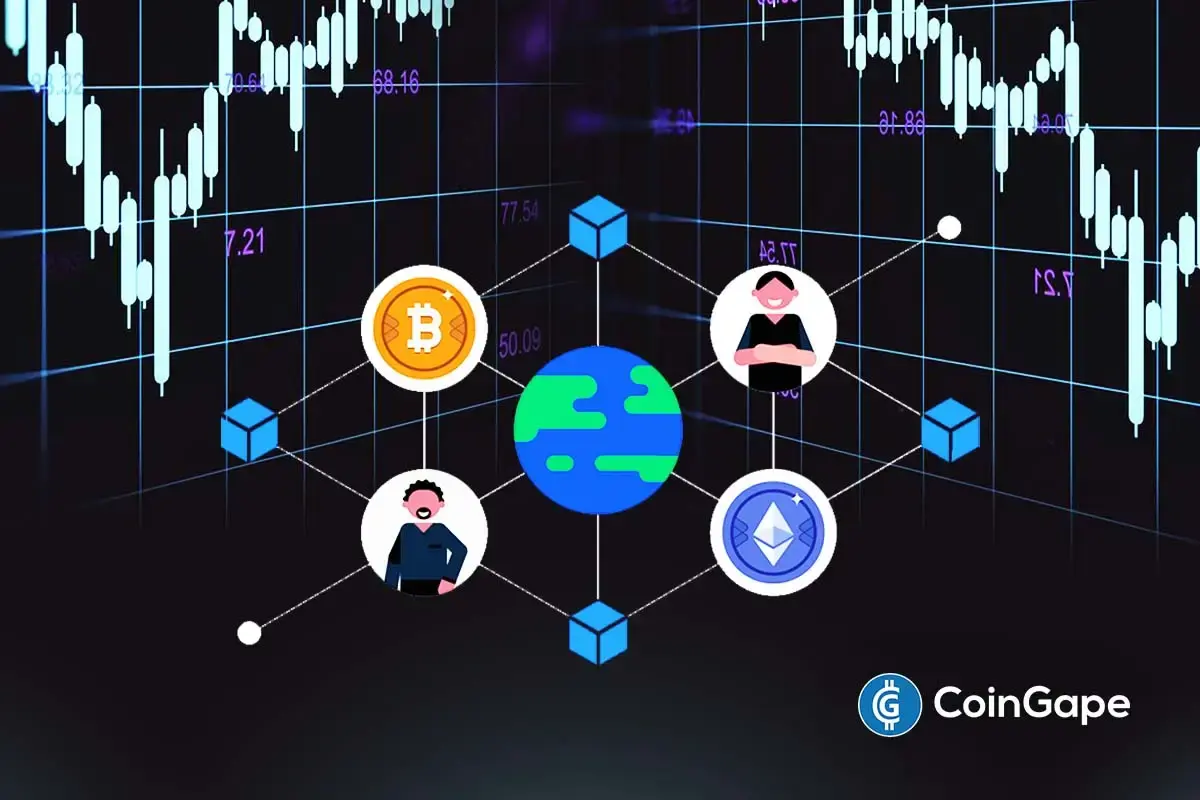Transactions Per Second (TPS) is a metric that records how many transactions a blockchain network can process in a second. This measurement helps to assess the transaction speed of a network. TPS also measures transaction speed for other traditional networks.
Transactions Per Seconds In Crypto
TPS in crypto is the speed at which a blockchain network processes transactions. The higher the number, the more advanced a network is. A higher TPS is an indicator of the network’s speed and scalability. Usually, decentralized networks have a lower TPS rate than traditional centralized networks.
The famous crypto payments system PayPal’s TPS is around 193 TPS and VISA can process up to 1,700 TPS.
Which network has the highest TPS?
As of now, among all the blockchain networks, Solana network has the maximum TPS done in the world of crypto – 50,000 TPS. Bitcoin, the original cryptocurrency, only has the TPS rate of 7. One of the main criticisms of the OG cryptocurrency Bitcoin is that it is not scalable and its TPS is low. Bitcoin’s low TPS is also cited as why it can never achieve mass adoption.
Currently, Ethereum has a TPS rate of 27, while Polygon can process 7,000 TPS. However, Ethereum’s TPS is will scale significantly to around 100,000 after it completes its much-anticipated sharding upgrade. Known for enabling easy cross-border transactions, Ripple network handles over 1,500 TPS.
What constitutes a network’s TPS?
- Block Time – Average time needed to mine a new block is Block Time of a network. Different blockchain networks have different block times. The leading cryptocurrency bitcoin has a block time of 10 minutes. Compared to bitcoin, Ethereum has significantly less average block time of 10-20 seconds.
- Transaction Size – Data transmitted with each transaction varies on which blockchain network the transaction is done. A transaction in bitcoin can be as small as under 300 bytes or as large as 500 bytes. The higher the transaction size is, the more time it will take to execute a transaction.
- Block Size – Block size is the amount of data about transactions a block carries in a blockchain. Higher the block size means more people are needed to run a full node. It’ block size is limited to mere 1 MB, but this small amount of data is enough to store over 2000 transactions.
How Transaction Per Second is calculated?
To calculate the TPS on a blockchain, your require information of its block size, transaction size, and block time.
TPS = (block size/ transaction size) / block time.
Is TPS alone enough to scale a network?
Blockchain networks having a higher TPS rate is not enough to make a network successful or even compete with the likes of Ethereum and Bitcoin. To truly make a network stand out, it needs to focus on security and other important aspects and not just its TPS rate. Bitcoin uses hash rate to measure the security and health of its network.
Although, the importance of a network’s TPS can not be denied as it measures the blockchain’s capacity to process transactions. Furthermore, it is also an indicator of a network’s potential to scale to accommodate new and better use cases in future. If a blockchain network has a high TPS rate, it usually lacks in other aspects – decentralization and security. For a blockchain network to achieve all three – high TPS, security, decentralization- is not easy and that is why blockchain networks are in competition to beat each other in all three aspects and not just TPS.


 Claim $500
Claim $500







